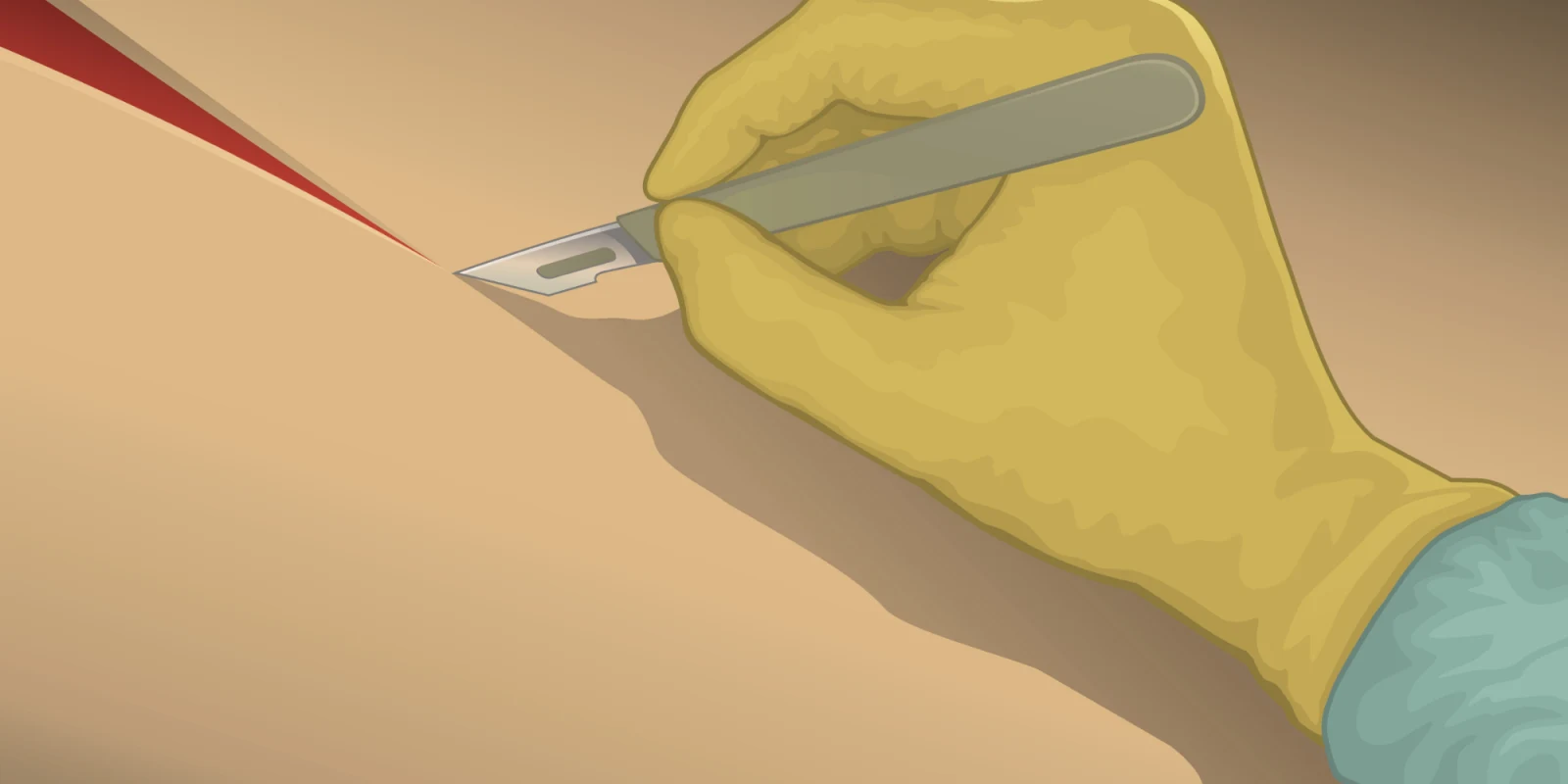
I could hear the scream from across the room. It was shrill and filled with panic. Any parent can identify the difference between the cries of normal toddler discomforts and a true emergency.
I dropped what I was doing in the kitchen and found my 3 year-old lying motionless on the ground, unable to move his left arm. My 5 year-old was looking sheepishly down at the carpet, afraid to meet my gaze.
Panic was rising in my own chest as an explanation unfolded that my young daughter had pulled him off the couch while twisting his arm in a game of wrestling. After a quick evaluation for any evidence of a broken bone, I was confident that he had “nursemaid’s elbow,” a condition caused by the subluxation of the radial head.
As he continued to whimper on the ground, I quickly performed a reduction maneuver and heard a “click” with flexion. Almost instantaneously, he stopped crying and began moving his arm.
I slowly let out my breath I had unknowingly been holding and wrapped my arms around him in a bear hug, holding him close to my chest. It was an immediate switch from physician to mother. Next, of course, I was comforting the offending 5 year-old who was also now crying as she felt terrible for accidentally injuring her brother.
The experience reminded me of other times I had held my breath and taken on what seemed like a different identity, pushing my emotions and fears deep below the surface in order to accomplish a task at hand. The ability to stay calm, when everyone around you is decompensating, is a skill that is developed over time in medical school and residency and is truly a requirement to competently gain control over an emergent situation.
In medical school, I remember performing a lumbar puncture on a newborn infant with fever in the emergency room. I had to separate the patient from the procedure and not think about the helpless, ill baby before me whose parents waited anxiously in the other room. He had to become a nameless, faceless procedure so that I could concentrate solely on my objective of safely obtaining the cerebrospinal fluid without letting emotions make me nervous or second guess my abilities. Only when the lab results returned and showed an atraumatic tap with zero red blood cells, then could I relax.
A more common occurrence as a resident would be an emergency c-section for a baby in distress during labor. An initial or brief drop in heartbeat can be watched, but once the baby’s heartbeat continues to drop and minutes pass by like hours, it is time to act. Oxygen deprivation begins to set in. Real risk to the baby surfaces as the heartbeat continues its slow, reverberating echo on fetal monitors as everyone in the patient’s room becomes anxious. Calmly explaining what is happening is paramount as nurses rush in the room and an anesthesiologist begins moving the patient’s bed quickly to the operating room. Family members' eyes widen with panic and fear about what is happening.
Physical barriers make depersonalization easier in surgery. Once a blue drape is placed over the pregnant abdomen, a sterility barrier is carried up and over to the anesthesiologist at the patient’s head. This not only protects from infection but also creates an obstructed view. In an emergency, the focus is completely shifted to the incision and the goal of getting the baby delivered as safely and quickly as possible. I move fast—cutting expertly through skin, fat, and fascia into the peritoneum and finally through the thick uterine muscle to deliver the blue, lifeless baby.
I am not thinking of anything except precision, speed, and safety during birth. Only when I hear the wail of the baby finally taking its first breath do I look down and see the effects of adrenaline on my hands. A notice a fine tremor while I carefully close the uterus and restore normal anatomy. Only then do I step back into myself and smile at the mother, reassuring her all is well and feel a warmth surround me knowing that a good outcome has occurred.
Some people argue that depersonalization is wrong in medicine. I disagree, at least when it comes to surgical procedures. I have operated on friends and colleagues and, admittedly, it is harder to depersonalize in these situations but even more imperative in order to perform the job well. There is a time and place for building communication, trust, and relationships with patients. This should absolutely be happening before and after a medical procedure. However, when the blue sterile drape goes on, the memories and emotions linked to the patient disappear for the moment as the cold, steel scalpel slices through the skin with exact precision.
Dr. Valerie Jones is an obstetrician-gynecologist. She writes on topics of women's health and physician interest on her blog ObDoctorMom.com







